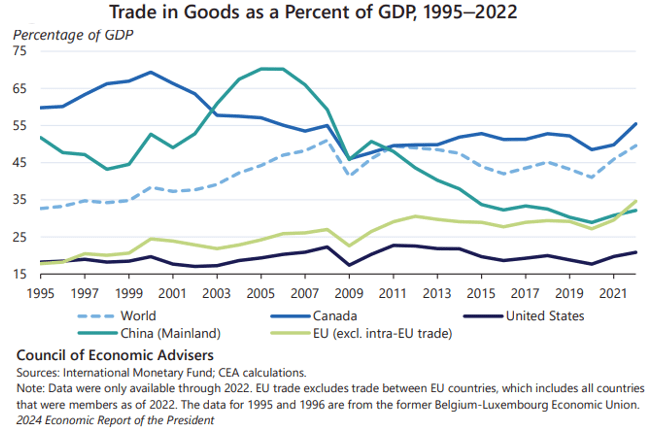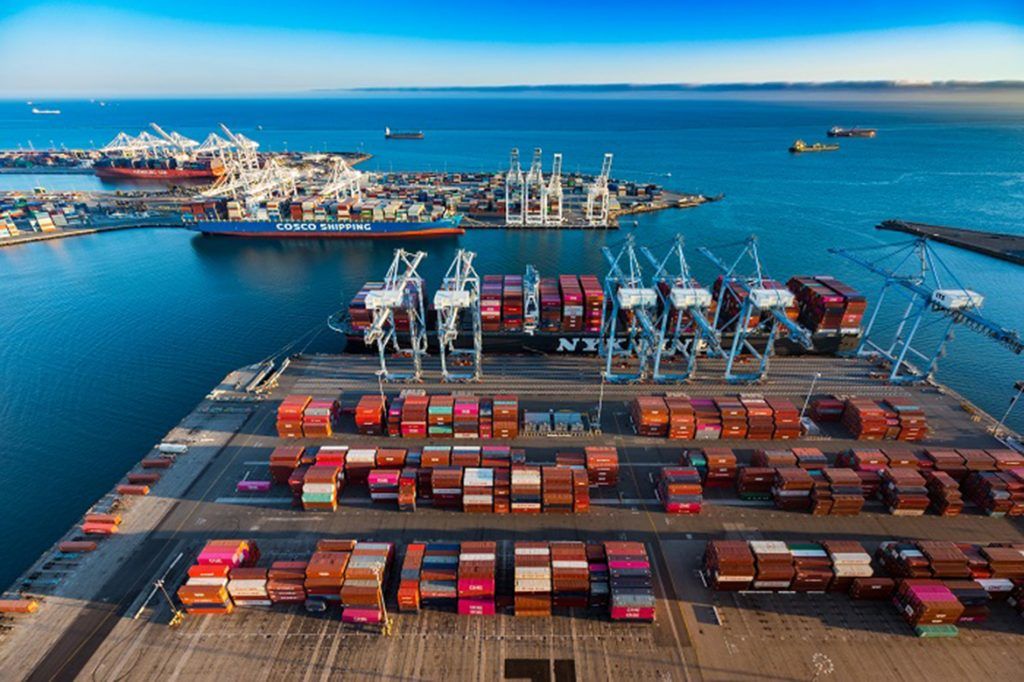Net exports contributed 0.3 percentage points to U.S. GDP growth in all four quarters of 2023.
According to a White House report, significant positive contributions in the first and last quarters were only partially offset by contributions that were close to the normal rate of expansion before the pandemic at mid-year.
Net exports
When the global economy abruptly shut down in 2020, the pandemic-induced recession injected turbulence into the contribution of net exports to real GDP growth.

However, the large swings in this category appear to be behind us, similar to the normalization of inventory investment.
After a period of rapid globalization during the 1990s and early 2000s, world trade in goods and financial flows showed signs of stabilizing in the decade following the global financial crisis due to a combination of factors, including slow post-crisis recoveries and fewer opportunities to spend more money.
Even so, the same report notes that the global economy remains inextricably linked (even in the face of major economic shocks and rising geopolitical tensions) and the U.S. economy continues to play a leading role.
The United States is the world’s second largest trading country, with more than $7 trillion in combined exports and imports of goods and services in 2022, and remains the largest source and destination of foreign direct investment.
Global integration
There are well-documented benefits of cross-border trade and investment flows.
The benefits of global integration include lower inflation, a greater variety of goods and services, more innovation, higher productivity, good jobs for U.S. workers in exporting sectors, foreign direct investment in U.S. industries, and a greater likelihood of achieving climate goals.
However, the paper notes, policymakers should continue to pay particular attention to the negative effects associated with global integration and some trade policies.
First, global integration may disproportionately affect certain groups of workers and communities through job and income losses when faced with increased competition from imports.

